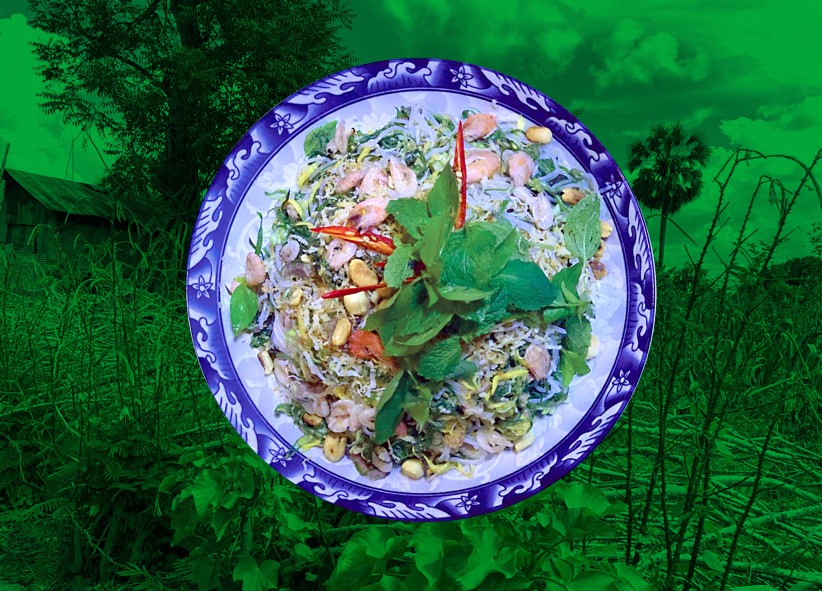Where the Wild Things Are on the Menu
Doctoral student Sovanneary Huot has created a collection of recipes that highlights the nutritional value of wild plants.

Doctoral student Sovanneary Huot has created a collection of recipes that highlights the nutritional value of wild plants.
